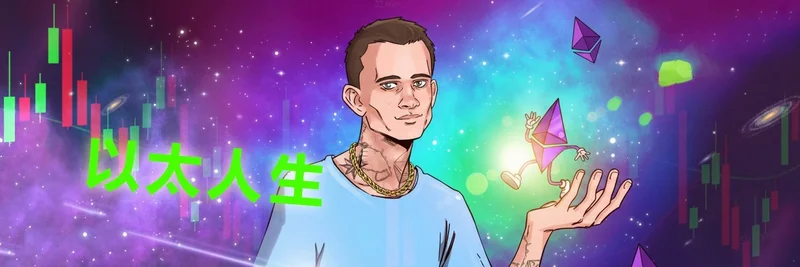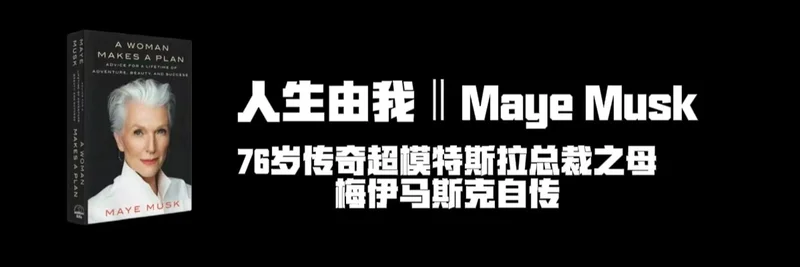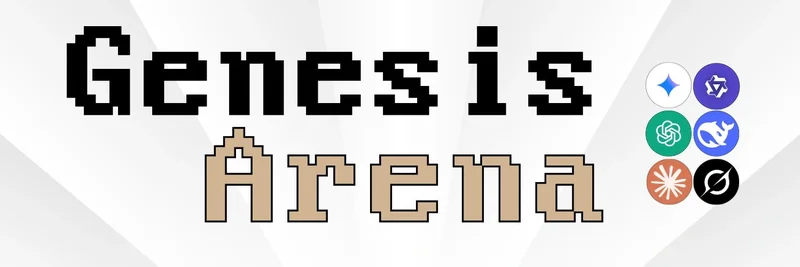Hey there, crypto enthusiasts! If you've been keeping an eye on the blockchain world, you might have caught wind of Quant Network ($QNT) through a recent tweet from BSCNews. They're calling it potentially the "ultimate play" for institutional adoption of cryptocurrency. Let's dive into what that means, breaking down the tech, the token, and why it could be a game-changer. We'll keep things straightforward, explaining terms as we go, so whether you're a seasoned trader or just dipping your toes in, you'll get the full picture.
The Buzz from BSCNews
It all started with a tweet from @BSCNews, highlighting a full analysis of Quant Network. They posed the question: Is $QNT the key to bringing big institutions into crypto? The tweet links to a detailed breakdown on their site, and it's sparking conversations in the community. Replies range from excitement about its interoperability focus to cautious notes that it's not the only player in the space. But one thing's clear—Quant is turning heads for its enterprise-grade solutions.
Unpacking Quant Network: The Basics
At its core, Quant Network tackles a major headache in blockchain: fragmentation. Imagine blockchains as isolated islands that can't talk to each other. That's the current setup, limiting their real-world use. Enter Quant's Overledger, an operating system that sits on top of these blockchains, connecting them seamlessly. It's not a blockchain itself but more like the glue that holds everything together, allowing data and assets to flow across networks.
Founded in 2015 by Gilbert Verdian—a cybersecurity expert with stints at big names like Mastercard and government agencies—Quant has roots in solving real problems. Verdian dreamed up Overledger back in 2013 to enable cross-chain communication. By 2018, they launched it as an enterprise tool, raising funds through an ICO and setting the stage for growth. Fast forward, and they've partnered with heavyweights like Oracle and governments in the UK and Australia.
Key Features That Set Quant Apart
What makes Quant stand out? Let's break it down:
Overledger Operating System: Think of it as the macOS for blockchains. It's blockchain-agnostic, meaning it works with any chain—public or private. Developers can build multi-chain apps (mDApps) and sell them in a marketplace, all powered by smart contracts. It supports any programming language for smart contracts, avoids forking issues, and even lets you tokenize assets with standards like QRC-20 (similar to ERC-20 but for Quant).
Quant Flow: This is their "money engine" for programmable securities. It automates everything from payments to compliance, integrating with traditional banks and stablecoins. For institutions, this means smoother cross-border transactions and better liquidity without overhauling their existing systems.
Interoperability Focus: Quant's big sell is connecting legacy systems (old-school tech) with modern blockchains. This is crucial for banks and governments who aren't ready to ditch their current setups but want blockchain benefits like security and efficiency.
These features position Quant as a bridge for institutional players, who often shy away from crypto due to silos and complexity.
Tokenomics: The $QNT Utility Token
Now, onto the $QNT token—it's not just hype; it's the fuel for the ecosystem. Built as an ERC-20 token on Ethereum, $QNT is all about utility. Developers and enterprises need it to access Overledger APIs. Here's the scoop:
Supply and Distribution: Fixed at 14.6 million tokens—no more can be minted, making it deflationary by design. About 12 million are circulating, with the rest locked up. Initially, they burned 9.4 million from the ICO supply to keep things scarce.
How It Works: To use services, you pay fees in fiat, which gets converted to $QNT and locked for 12 months. This reduces supply in the market, potentially driving value. $QNT also handles payments for data exchanges, smart contracts, staking, and even governance voting.
Deflationary Mechanics: Locked tokens mean less available for trading, creating scarcity. The Treasury manages conversions to avoid market dumps, keeping things stable.
In short, $QNT isn't for speculation alone; it's integral to using the platform, which could boost demand as adoption grows.
Price Performance and Market Insights
While the analysis doesn't dive deep into charts, $QNT's price has seen ups and downs tied to broader crypto trends. From its ICO days, it's grown significantly, reflecting interest in interoperability. Institutions eyeing blockchain could push demand higher, but remember, crypto is volatile—always do your own research.
Future Outlook: What's Next for Quant?
Looking ahead, Quant's partnerships and tech put it in a strong spot for institutional adoption. As more banks and governments explore blockchain, tools like Overledger could become essential. Challenges include competition from other interoperability projects, but Quant's enterprise focus gives it an edge. If they keep innovating, $QNT might just live up to the "ultimate play" hype.
Wrapping It Up
Quant Network isn't flashy like some meme coins, but its solid tech and real-world applications make it a contender for serious investors. The BSCNews tweet is a great entry point—check out their full analysis here for more details. If you're into blockchain interoperability, keep $QNT on your radar. What do you think— is it the future of institutional crypto? Drop your thoughts below!
For more insights on crypto trends and meme tokens, stick around at Meme Insider. We're here to keep you informed and ahead of the curve.




